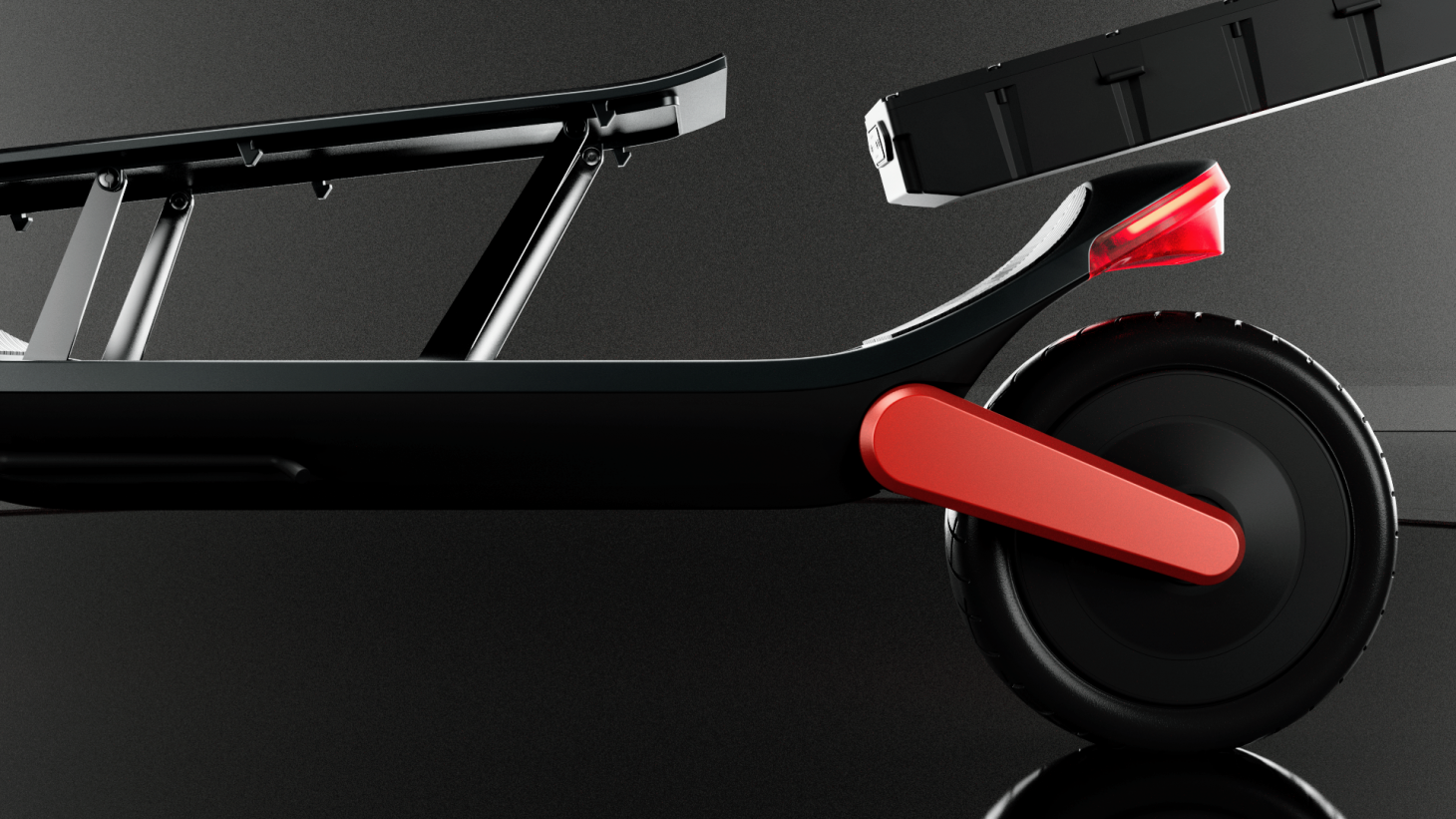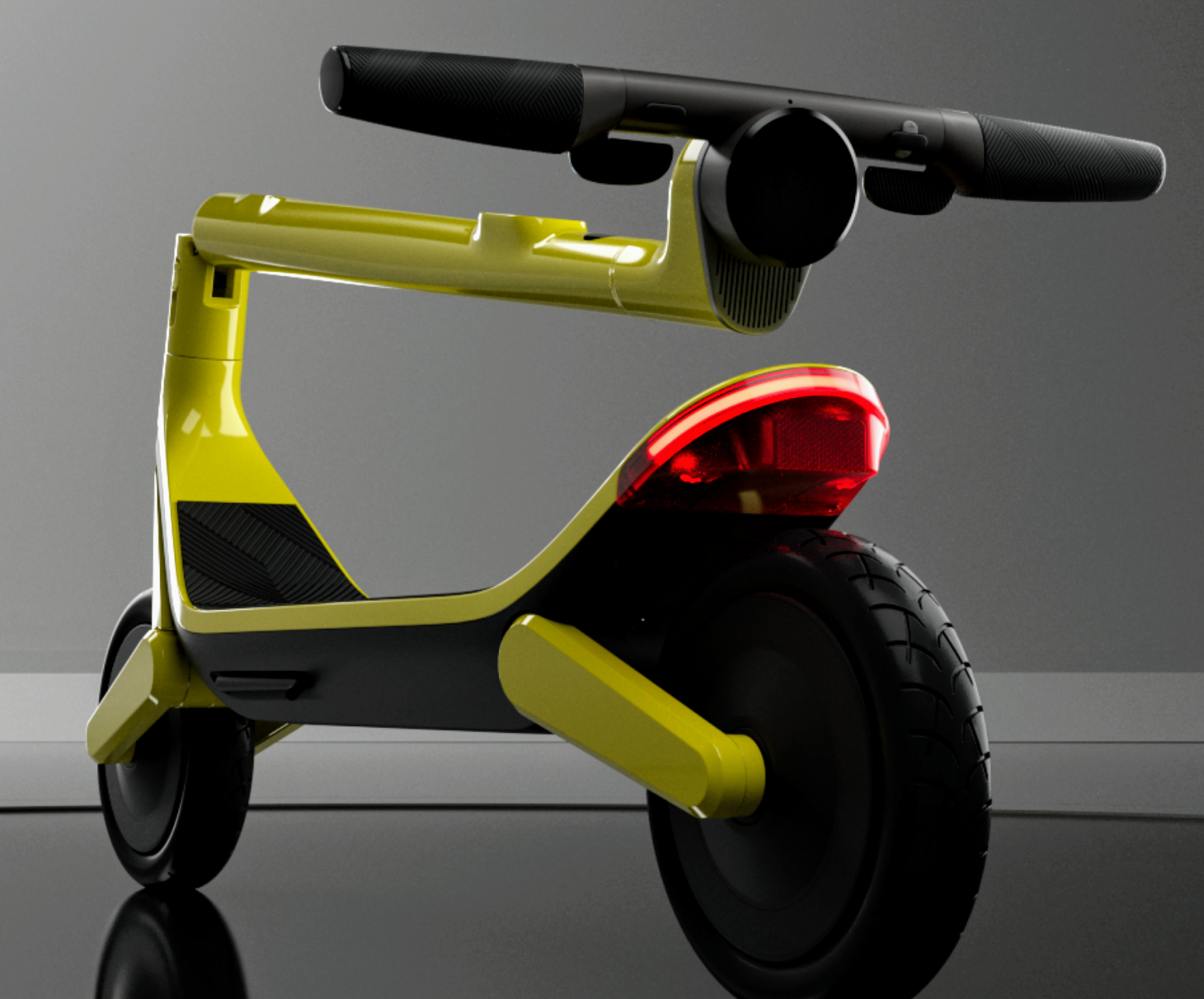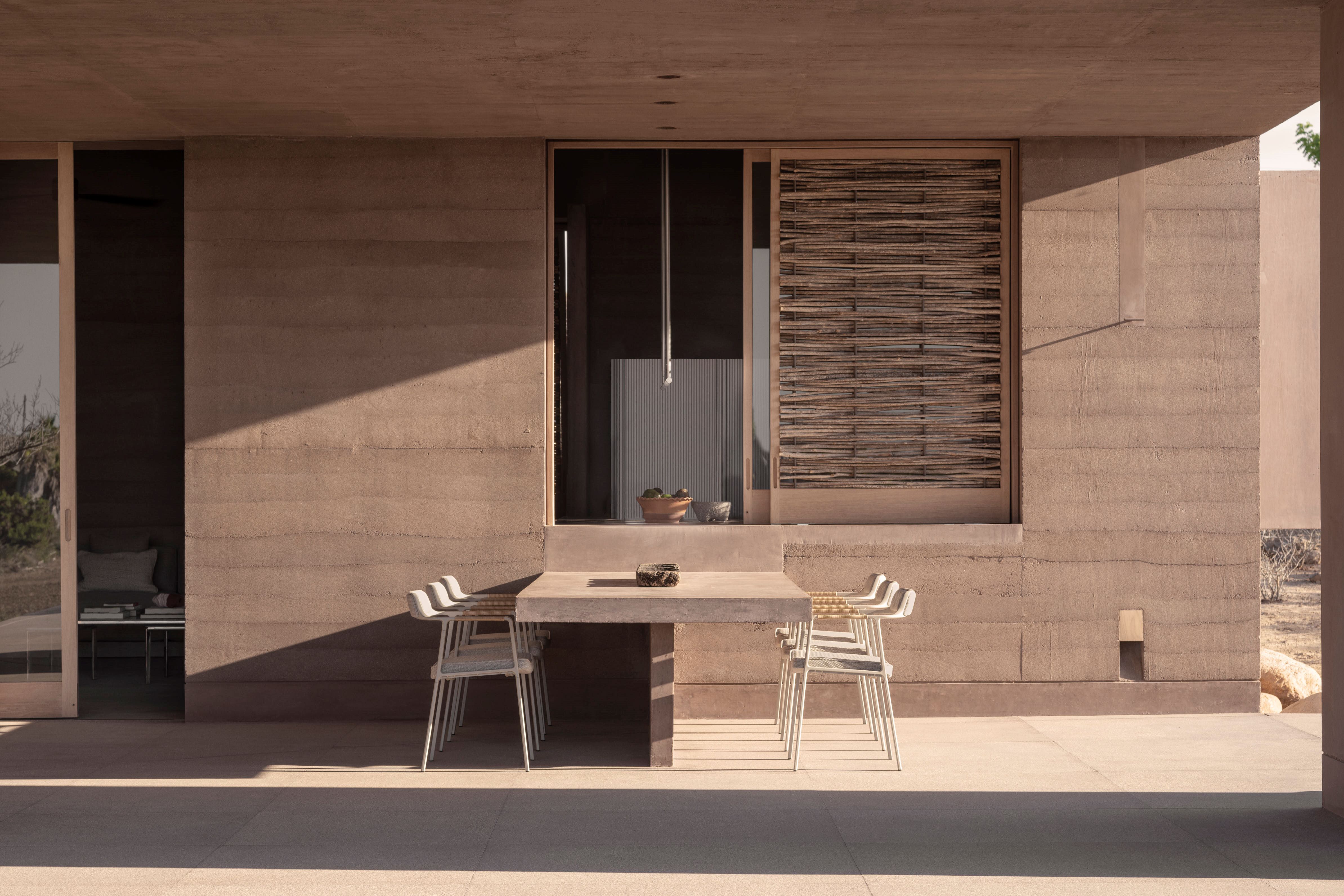Yves Behar on micro-mobility as he unveils new Unagi scooter
Yves Behar and his Fuseproject team have designed the latest Unagi scooter as the ultimate urban transportation tool – it’s also foldable, fun and comes in five colours

Yves Behar and his team at Fuseproject have designed the latest Unagi scooter, and it is set to be a folding fillip for urban travellers.
Electric scooters have become a familiar site on city streets, whether owned outright by pioneering commuters or picked up from the sidewalk via ride-sharing schemes. Yet the sweet spot between durability, range and practicality is still hard to find. Oakland-based scooter builder Unagi has been in the game for several years, entering the perennially befuddled UK market in 2020 (as its website’s legal disclaimer notes, ‘Electric scooters are not permitted on public roads in the UK. Unagi does not take responsibility for any restricted use of the scooter after purchase’). The latest Unagi scooter, the Model Eleven, is designed to be the ultimate urban transportation tool, wherever you are allowed to actually use it.
Unagi scooter by Yves Behar and Fuseproject

Unagi's Model Eleven electric scooter, designed by Fuseproject, features a circular touchscreen display
For Behar and Fuseproject, the intention was to make the machine as compact as possible without compromising its rugged qualities. Incorporating carbon fibre composite for lightness, as well as puncture-proof tyres for pot-holed city streets, the Model Eleven incorporates full suspension, yet weighs around 14.5kg.
The handlebars become a carrying handle when folded, with a seamless form language used throughout. Riders have acceleration and brake at their fingertips and a simple round touchscreen to show speed, battery life and navigation.
There’s even collision detection and a lane-departure warning as part of Unagi’s advanced driver-assistance system (ADAS), which puts the functionality of a family car into this tiny device. The company expects ADAS to expand into an essential early-warning system for riders, telling them about bumps in the road, traffic lights and impending hazards. There’s also an onboard speaker.
Behar’s micro-mobility mission

The electric scooter has an easily removable battery
Range is around 14 miles, with a hot-swappable battery enabling people to keep a spare on charge at work, for example. The model will debut in five colours, Sweet Lemon, Stealth Black, Desert Sand, Sage, and Nightshade. ‘I have been passionate about electrification and the potential to change the urban experience with micro-mobility for ten years,’ says Behar. ‘I’ve experienced electric rental scooters in San Francisco and all over Europe when I travel, and I always thought that the ultimate would be a scooter I could own, rather than rent, when I’m at home.’
The designer explains that an ownable scooter is a very different proposition to the unwieldy rental models. ‘We designed the Unagi Model Eleven to be agile and light with high-performance magnesium, aluminium, and carbon materials, and an innovative dual suspension system.’ He notes that the ADAS is upgradeable, the tyres are easily replaced, and there’s GPS tracking and an alarm.
Receive our daily digest of inspiration, escapism and design stories from around the world direct to your inbox.
‘Our goal was to impress with performance and lightness and surprise with considered details and experiential moments,’ Behar concludes.


Jonathan Bell has written for Wallpaper* magazine since 1999, covering everything from architecture and transport design to books, tech and graphic design. He is now the magazine’s Transport and Technology Editor. Jonathan has written and edited 15 books, including Concept Car Design, 21st Century House, and The New Modern House. He is also the host of Wallpaper’s first podcast.
-
 This Mexican architecture studio has a surprising creative process
This Mexican architecture studio has a surprising creative processThe architects at young practice Pérez Palacios Arquitectos Asociados (PPAA) often begin each design by writing out their intentions, ideas and the emotions they want the architecture to evoke
-
 The Bombardier Global 8000 flies faster and higher to make the most of your time in the air
The Bombardier Global 8000 flies faster and higher to make the most of your time in the airA wellness machine with wings: Bombardier’s new Global 8000 isn’t quite a spa in the sky, but the Canadian manufacturer reckons its flagship business jet will give your health a boost
-
 A former fisherman’s cottage in Brittany is transformed by a new timber extension
A former fisherman’s cottage in Brittany is transformed by a new timber extensionParis-based architects A-platz have woven new elements into the stone fabric of this traditional Breton cottage